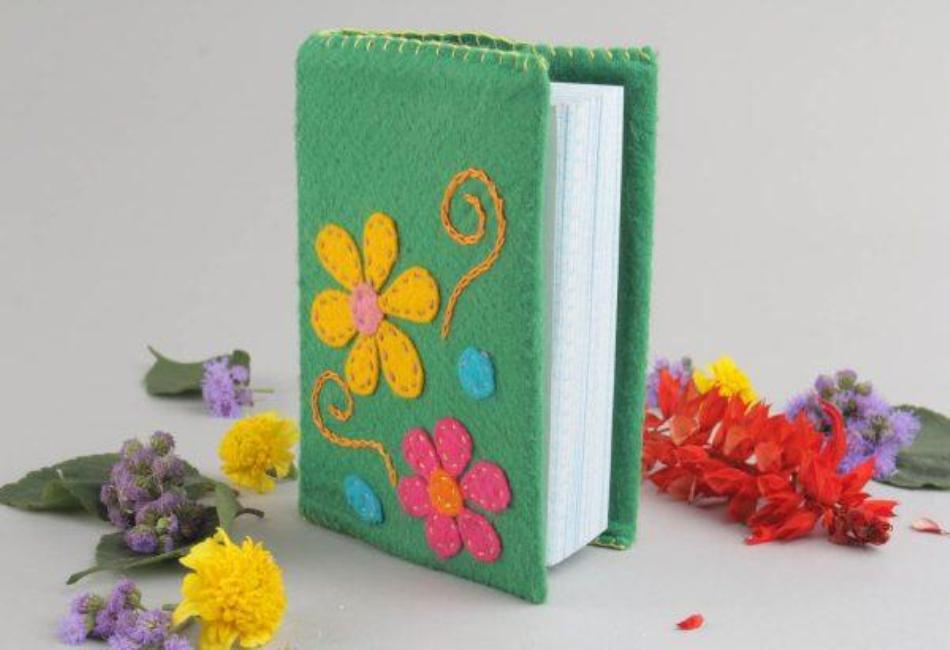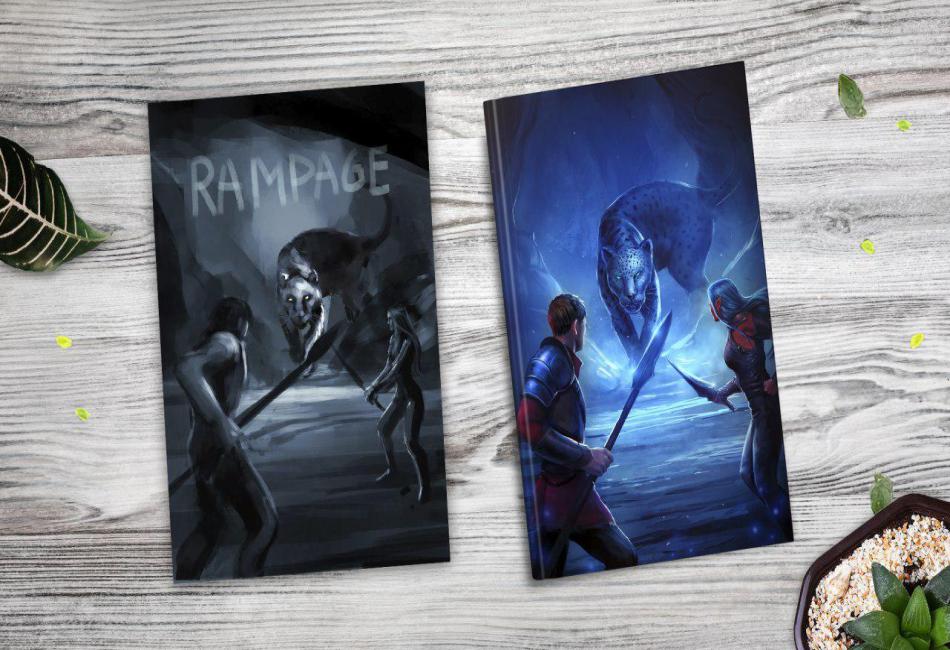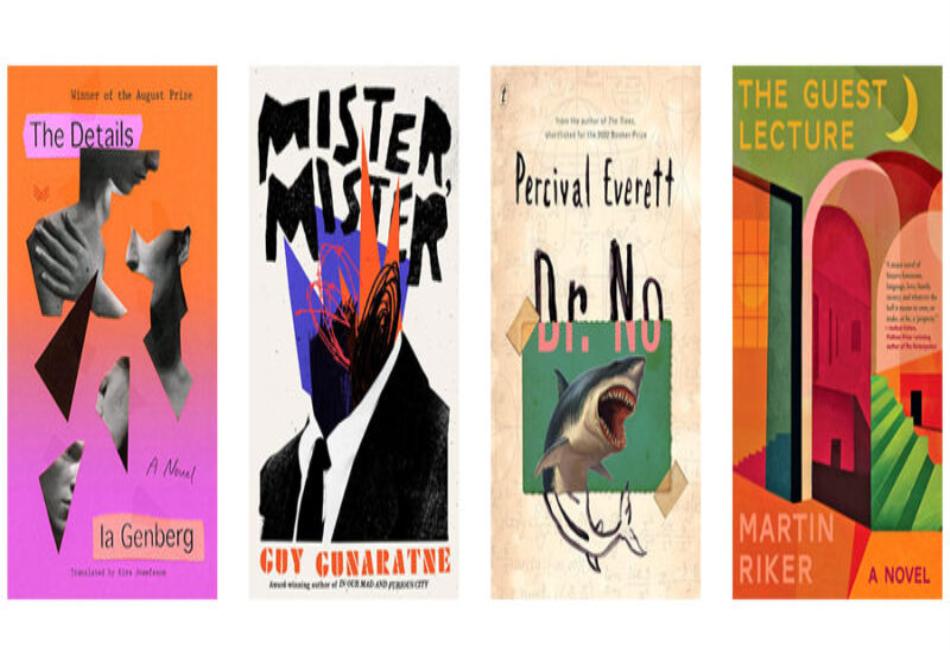Creating the ideal visual for your book cover can also start with finding images. In this blog, you’ll explore 35 different book cover ideas that will help your idea stand out from the crowd on shelves and online bookstores. From simple yet eye-catching options to intricate designs, these ideas will help you choose a cover that is not only visually appealing but also captures the essence of your story or content.
Why Your Book Cover Matters
A book cover is more than a decorative disguise — it’s a marketing tool, a creative statement, and a promise of the experience that waits inside.
Book Cover Ideas: Readers judge a book by its cover, and every now and then, a good book ends up on the shelf because of a bad cover – that’s a fact. But as independent authors, it’s 100% within our power to improve this visible problem with the book, and it’s also within our power to create an advantage by changing this detail.
Key Functions of a Strong Cover:
- The Cover Stands Out: On digital and physical sites, a compelling cover grabs scrollers and browsers.
- Branding and Cohesion: Uniform cover aesthetics in a series or subgenre help to create author brand recognition.
- Indicating Genre & Tone: In its color palette, its choice of type, and its use of images, a cover helps explain the kind of book readers can expect — thrillers look different from romances, which look different from memoirs, which look different from nonfiction.
Book Cover Design Ideas
If you’re thinking about book cover design ideas, think first about the central message or mood of your book. What should your cover suggest — suspense, warmth, authority, wonder?
For instance, a thriller might call for a stark monochrome palette and angular fonts, while a romance could thrive on delicate scripts and pastel pinks. Don’t be afraid to get experimental with unorthodox layouts or offset compositions, or dynamic embellishments like embossed textures and layers of detail that are revealed as the viewer gets up close.
Solid book cover design ideas are those that resonate on a visual and emotional level with the reader’s expectations and also separate your book with its distinctive signature.

Ideas for French Book Covers for School
As far as French book cover ideas for school, sometimes a little creativity and cultural relevance can transform an assignment into something both educational and fun.
Students could consider using the colors of the French flag — blue, white, red — along with iconic French imagery items such as the Eiffel Tower, croissants, or berets to represent what France means to them. The addition of familiar French phrases or writers, like Victor Hugo or Molière, can also elevate its academic appeal.
Teachers can also have students incorporate collage techniques, or hand-drawn illustrations, to represent their French book cover ideas for school in a personal way that offers cultural context.
Read Also: Book Cover Template: A Step-By-Step Guide to Designing Your Own Book Cover
Spanish Book Cover Ideas
Composing Spanish book cover ideas invites colorful visual stories based on culture and language.
A good Spanish-themed book cover could potentially feature flamenco flourishes, traditional Spanish colors (think deep reds, sunny yellows), or iconic symbols such as guitars, piñatas, or famous tourist sites such as La Sagrada Familia.
Typography choices can also evoke the region, as with curvy, decorative fonts for Latin America or more classical fonts for literature from Spain. Whether the book is a language book or a more creative work, good Spanish book cover ideas combine cultural representation and great visual design to create engaging book projects.
Art Book Cover Ideas
For the curators or creators of visual content, art book cover ideas should be as creative as what’s inside the pages.
Abstract designs, exaggerated brushstrokes, or negative space can all pack a punch. Some popular solutions are to showcase a dominant part on the book’s cover or to apply a texture overlay (like canvas, charcoal, or watercolor paper).
If the book is one that dwells on a particular artist or movement (cubism or impressionism, for example), the cover needs to play off those stylistic signifiers. At its best, then, art book cover ideas do more than encourage the viewer — they act as a statement of intent for a full visual experience.
Minimalist Book Cover Ideas
Less is more: It is a vigorous design method that incorporates simplicity, negative space, and a limited color scheme. It can communicate sophistication, innovation, and direction.
- Monochrome Color Blocks: Break out two, or maybe three, bold contrasting colors in big swaths, with your title in clean, sans-serif type.
- Single Icon or Symbol: A lone, well-placed image (feather, key, silhouette) might suggest your story, provoking interest.
- White Space Focus: Give your title and author name some breathing space in your cover design – it catches the eye and creates a calm feel.
Simpler designs are a great fit for literary fiction, self-help books, and business books, where clarity and sophistication are the core.
Illustrative Book Cover Ideas
Illustrated covers create rapid narratives, with room for the whimsical, the dramatic, or the abstract.
- Hand‑Drawn Scenes: Have an artist draw a key scene, character, or setting — perfect for fantasy and children’s books.
- Watercolor Textures: Gentle washes of hues create feelings of dreaminess, nostalgia, or depth of emotion.
- Line Art & Sketches: Quick black-and-white line drawings focus on silhouetted shapes and figures, identifying the action without extraneous detail.
If you’re using illustrations, make sure the style suits the personality of your book — clean and bright for middle‑grade readers, or dark and moody for gothic thrillers.

Typography‑Driven Book Cover Ideas
Let type be the star with typographically-driven design, to help your words stand out.
- Bold, Oversized Titles: Have the title go edge to edge; the author’s name can be smaller and tucked below.
- Stacked Text Effects: You can stack text in different ways, overlap it, and use subtle gradients.
- Custom Lettering: Enlist a calligrapher or hand-lettering artist for a truly one-of-a-kind cover that looks handmade and personal.
Typography-led covers work particularly well for memoir, poetry, and narrative nonfiction, where the language itself is the essence of the product.
Photography‑Based Book Cover Ideas
Photography can ground your book in realism, casting a mood that hangs instinctively.
- Abstract Photography: Close-ups of textures — rusted metal, torn paper, rippling water — can represent themes without giving away plot points.
- Character Portraits: A striking image of your main character or an iconic image draws people in to connect with the human side of your story.
- Environmental Shots: Capture a landscape or indoor space that is part of your story setting, accompanied by little or no text.
Strike a balance of high-resolution images and clear, legible text. Do some color grading so that the photo and the typography get that certain harmony.
Read Also: The Evolution of Making: From Sketch to Structures
Mixed‑Media Book Cover Ideas
To get a unique look, merge various media: illustration, photography, collage, and digital.
- Collage Montage: Layer photographs, ticket stubs, handwritten notes, and maps to create memory, history, or disintegrated narratives.
- Digital Painting & Photo Blend: Mix a painted sky with a city photo for a surreal, dreamy look.
- Texture Layers: Overlay grain, canvas, or watercolor paper textures on top of your entire cover to add depth and a tactile feel.
Mixed-media covers are great for experimental fiction, creative memoirs, and art-driven nonfiction that dodges neat classification, and suggests richness in its “layers.”
Genre‑Specific Book Cover Ideas
Each genre has its own visual language. Adapt to genre conventions with your book cover ideas to appeal to the right readers.
| Genre | Visual Cues |
| Romance | Pastel tones, calligraphy fonts, flowers |
| Mystery/Thriller | High contrast, black, scary silhouettes |
| Fantasy | Fancy borders, mythic beasts, intricate maps |
| Science Fiction | Futuristic fonts, metal textures, space imagery |
| Self‑Help | Bright accents, clean layout, motivational symbols |
| Historical Fiction | Authentic period imagery, sepia tones, traditional fonts |
Alluding to such cues enables aspiring writers to establish genre from the gate while still leaving room for originality.
Do‑It‑Yourself and Budget‑Friendly Book Cover Ideas
Even if you can’t afford a professional designer, authors on a budget can still create a professional-looking cover with DIY projects and free or affordable resources.
- Free & Low‑Cost Stock Resources: Sites like Unsplash and Pexels provide great quality free images. Build your concept using sites that specialize in vector images for free.
- User‑Friendly Design Tools: Both Canva and Adobe Spark offer templates suitable for book covers. Experiment with colors, fonts, and designs until you find what feels right.
- Handcrafted Textures: Scan your own textures—watercolor washes, fabric, paper—to use within your digital design. Basic photo editing can turn these rough textures into beautiful backgrounds.
Even without a pro designer, you can still have compelling book cover ideas that look custom and artistic.
How to Work with Designers: Tips for Co-Creation
If you decide to go with a professional cover designer, clear communication is the key to making your vision a reality.
- Share a Mood Board: Gather photos, color chips, and typefaces that express the way you want things to feel.
- Establish Non‑Negotiables: Specify any elements you absolutely want to see — series numbers, endorsements, some pet motif.
- Rounds of Feedback: Two rounds of feedback are a good start: one for basic layout and imagery, and a second for smaller changes like kerning and color tweaks.
Book Cover Ideas for Typography and Color Psychology
Knowing how fonts and colors affect perception can take your design to another level.
- Serif vs. Sans‑Serif: Serif typefaces feel traditional and reliable, while sans-serif feel modern and clean.
- Color Meaning:
- Red: Passion, danger, energy
- Blue: Calm, intellect, trust
- Green: Growth, nature, renewal
- Black: Mystery, sophistication, authority
- Red: Passion, danger, energy
- Contrast for Readability: Ensure strong contrast between text and background for accessibility, including for visually impaired readers.
Read Also: Smart Layout Ideas to Elevate Your Trade Show Booth 10×10 Without Breaking the Budget
Printing Factors to Consider for Your Book Cover Ideas
Designing for print comes with considerations that may not appear in digital mockups.
- Bleed & Trim: Extend backgrounds and design elements beyond the trim edge (usually 0.125″–0.25″) to prevent white edges.
- CMYK vs. RGB: Convert your design to CMYK for printing accuracy; RGB is only suitable for digital.
- Material & Size: Consider common sizes like 5×8 inches and choose between matte or gloss finishes.
Check with your printer or POD service before finalizing your design.
The Changing Trends in Book Cover Ideas
Stay inspired by watching these emerging trends:
- Vintage Revival: Nostalgic type and retro illustrations bring you back to the mid‑century.
- Hand‑Drawn Lettering: Unique, artisanal fonts add personality.
- Vivid Color Gradients: Multicolor backgrounds draw the eye and feel contemporary.
- Transparency Layers: Overlapping shapes create depth and sophistication.
- Interactive & AR Covers: QR codes or AR features add a multimedia layer.

Frequently Asked Questions (FAQs)
Q1: How do I select the right style of book cover for my genre?
A: Study bestsellers in your genre to find common elements and add your own twist for originality.
Q2: Can I create my own book cover if I’m not a graphic designer?
A: Yes—use tools like Canva, GIMP, or Affinity Publisher with free resources like stock photos and templates.
Q3: How many times do I need to say “book cover ideas” in my article?
A: Include it naturally—use in the intro, a few subheadings, and 3–5 times in the body without keyword stuffing.
Q4: What file formats should I use?
A: For print, high-res PDF or TIFF in CMYK with bleed. For eBook, JPEG, or PNG in RGB at 72–300 dpi.
Q5: Do I hire a professional or DIY it?
A: If you want a highly polished product and have the budget, hire a designer. Otherwise, DIY is totally viable.
Q6: Should I design the back cover and spine?
A: Yes, especially for print—include a blurb, author bio, and barcode for professionalism and cohesion.
With these book cover ideas in mind, you can create a compelling, genre-appropriate cover that resonates with readers. Whether you’re working solo or teaming up with a designer, your book cover should set the tone before the first page is turned. Let your cover become part of the storytelling journey.




